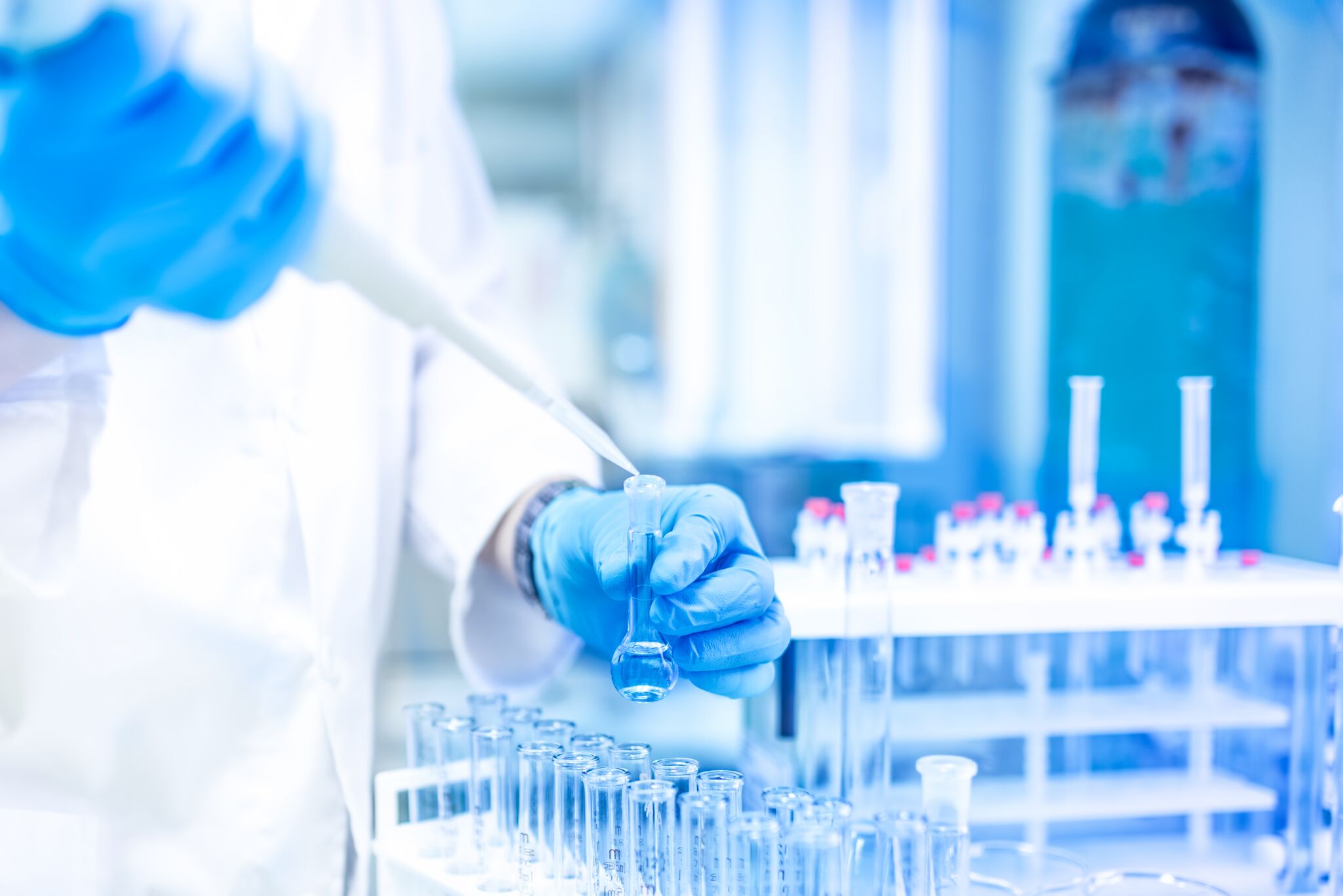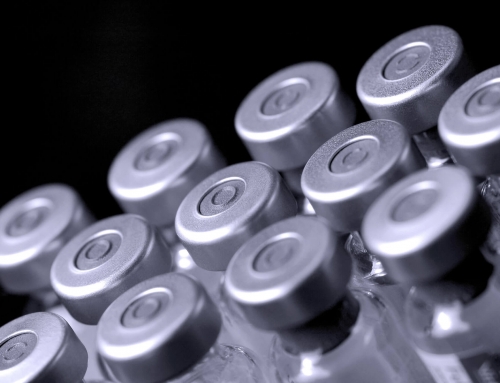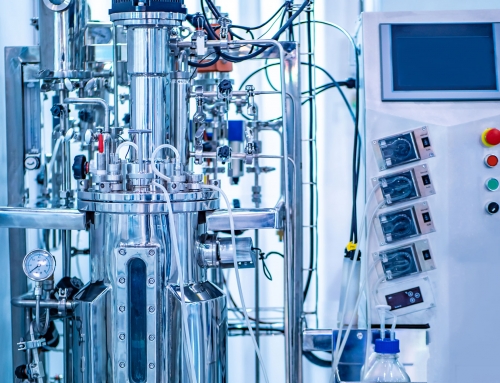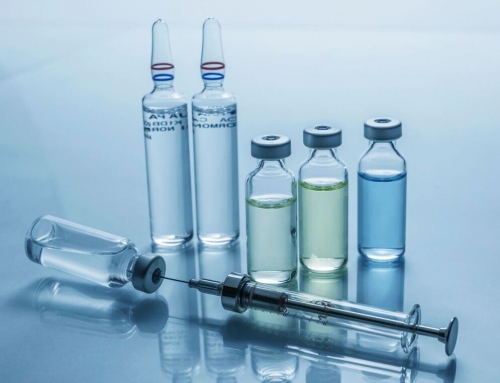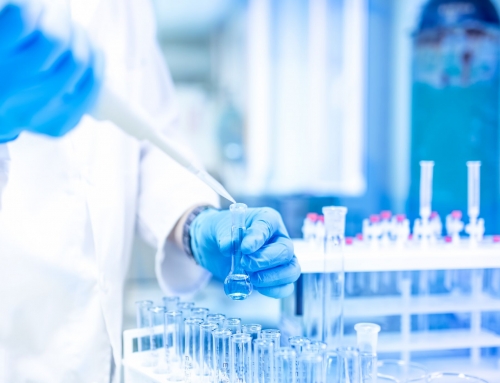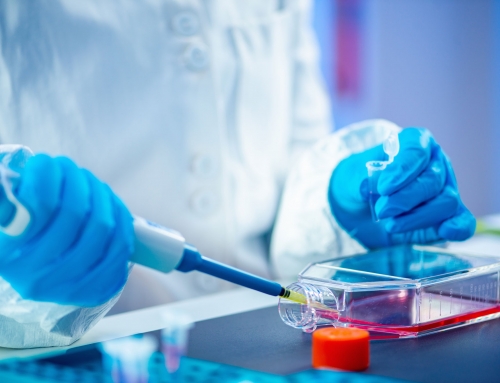Advances in Biological Safety Level 3 technology offer advantages for agile biologic developers.
by Raymond E Peck, CEO of VxP Biologics
Many types of biologics include live populations of organisms, some of which may be highly infectious in active form. Vaccines, in particular, often contain deadly bacteria and viruses in live but attenuated forms. The storage and processing of these dangerous organisms requires specialized laboratory facilities, where infectious agents can be handled securely, in accordance with the risk levels they pose.
In fact, the US Centers for Disease Control (CDC), the Department of Agriculture (USDA) and the National Institutes of Health (NIH) all provide detailed parameters for the design and management of facilities where infectious agents will be stored and handled. These guidelines specify safety levels ranging from biosafety 1 to 4 (BSL-1 to BSL-4), depending on the degree and nature of the risks posed by a given biological agent.
A facility with BSL-3 biocontainment precautions is both necessary and sufficient for the containment of “indigenous or exotic agents that may cause serious or potentially lethal disease through the inhalation route of exposure,” according to the CDC’s guidebook Biosafety in Microbiological and Biomedical Laboratories (BMBL).
As the following analysis of the design of a typical BSL-3 lab will explain, these precautions are necessary for a wide range of reasons.
A BSL-3 facility is designed to ensure the safety of workers and other community members.
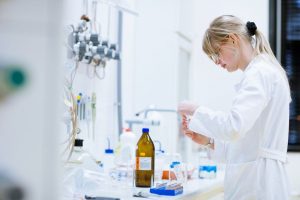
A BSL-3 facility is designed to ensure the safety of workers and other community members.
The top priority for any BSL-3 facility is to protect lab workers and the public from pathogens and toxins classified as Class III by the CDC. These facilities also also used to handle pathogens whose risk is unknown, or is currently being evaluated. To contain these pathogens and prevent the risk of infection from spreading, BSL-3 facilities are equipped with advanced air filtration systems and controls, as well as automated locking systems. In addition, the facility also incorporates “soft” protective measures such as staff training programs, emergency procedures, and operating guidelines designed to provide maximum protection for staff and the surrounding community.
Traditional BSL-3 facilities required major investments of time, space and resources.
The complex requirements of BSL-3 labs (for example, elaborate ductwork, automation and HVAC systems) have traditionally forced them to be constructed in the forms of large fixed facilities. These facilities typically take years to reach the operational capacity necessary for commercial or clinical-trial biologic production. Thus, developers of new biologics were often forced to seek out contract manufacturing organizations (CMOs) that already possessed the precise type of manufacturing capacity and safety containment necessary for a given project. However, this longstanding limitation is rapidly giving way before new advances.
A growing number of labs are incorporating modular and mobile BSL-3 facilities.

The complex requirements of BSL-3 labs have traditionally forced them to be constructed in the forms of large fixed facilities.
Although relatively few organizations possess the mechanical specialization and resources necessary to construct traditional BSL-3 facilities, new advances in technology are enabling BSL-3 labs to be constructed within modular, and even mobile, environments. For example, some labs have added BSL-3 ventilation systems to large ISO shipping containers, then annexing these specialized labs to existing facilities in remote areas. Still other organizations have constructed BSL-3 facilities in trucks or trailers, allowing labs with full BSL-3 containment to be deployed to sites virtually anywhere in the world.
A well-designed BSL-3 facility streamlines the process of gaining regulatory approval.
Designers of many BSL-3 facilities follow the most stringent possible interpretations of the specifications laid out by the CDC and other regulatory agencies. Facility managers, meanwhile, should maintain detailed operational documentation and BSL-3 permits on file at all times. This level of regulatory compliance is especially crucial at times when a biologic drug is bring prepared for clinical trials or commercial release, and regulatory bodies conduct investigations of all facilities where that drug is manufactured. The more clearly in compliance a facility can prove itself to be, the more rapidly and easily a biologic product can gain approval from regulatory agencies.
With the help of these recent advances in BSL-3 containment technology, developers of vaccines and other biologics are no longer limited by the enormous costs and space requirements of traditional BSL-3 facilities. By partnering with CMOs that offer adaptive BSL-3 manufacturing spaces on an as-needed basis, developers can gain regulatory approval and reach the clinical trial stage more rapidly, and at lower cost, than was possible with a traditional BSL-3 lab. That means new vaccines can reach the patients who need them, in time to prevent tomorrow’s epidemics.

